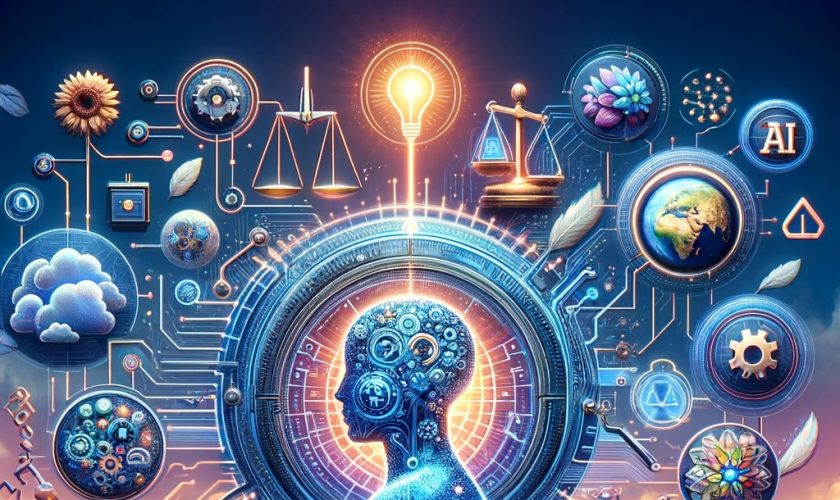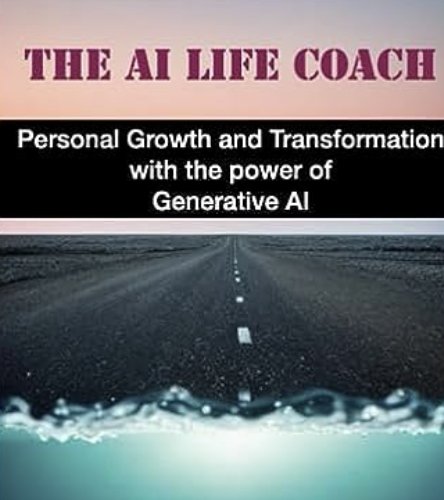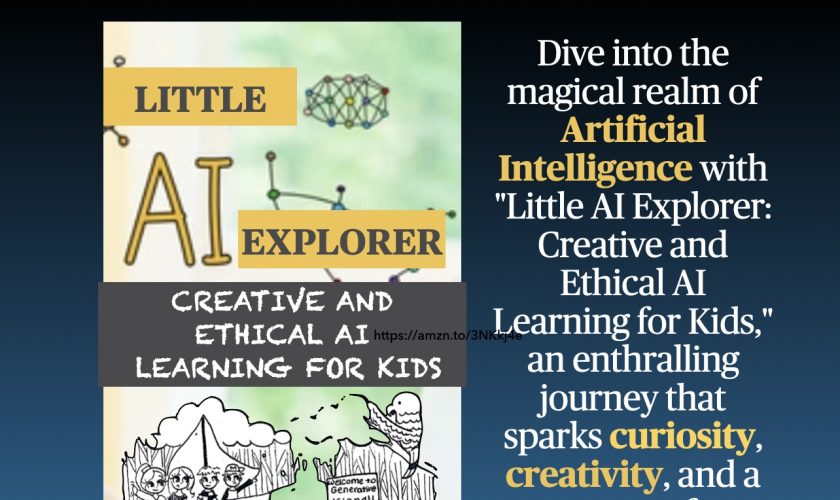In an era where artificial intelligence (AI) touches nearly every facet of our lives—from personalized news digests to advanced medical diagnostics—the promise of AI is undeniable. However, this technological revolution also brings with it ethical and environmental challenges that cannot be overlooked. As AI continues to evolve, it is imperative that we harness its capabilities responsibly and sustainably.
Understanding the Landscape of AI
Artificial intelligence is not just a tool of convenience; it is a profound innovation reshaping how we interact with the world. But with great power comes great responsibility. The ethical implications of AI are vast and complex, ranging from privacy concerns to biases in decision-making processes. Moreover, the environmental impact of AI systems, particularly in terms of energy consumption, is a growing concern.
The Essential Guide: “Foundations of Responsible and Sustainable AI: A Beginner’s Handbook”
For those keen on diving deeper into building AI systems that are both ethical and environmentally friendly, “Foundations of Responsible and Sustainable AI: A Beginner’s Handbook” serves as an indispensable resource. This book is tailored for a diverse audience, including developers, business leaders, policymakers, and AI enthusiasts. It provides a comprehensive guide on integrating ethical considerations and sustainability from the outset of AI development.
What You Will Learn
The book covers a wide array of topics critical for anyone looking to implement responsible AI practices:
- Ethical Foundations: Delve into core ethical principles that ensure AI systems are fair, transparent, accountable, and private.
- Generative AI: Explore the unique challenges and opportunities in developing generative AI applications ethically.
- Environmental Impact: Understand the energy demands of AI systems and learn how to mitigate their environmental footprint.
- Practical Guidelines: From writing energy-efficient code to navigating AI regulations, the book offers practical advice and real-world examples.
Get your copy of “Foundations of Responsible and Sustainable AI: A Beginner’s Handbook” today!
Here is the Table of Contents for the book:
- Chapter 1: Introduction
- What is Artificial Intelligence (AI)?
- What is Machine Learning (ML)?
- What is Generative AI?
- Why Does Responsible AI Matter?
- Summary
- Chapter 2: Ethical Considerations in AI
- Core Ethical Principles
- AI Ethics in Different Cultural Contexts
- Integrating Ethical Principles into the Machine Learning Workflow
- Applying Ethical Principles to Real-World Use Cases
- Summary
- Chapter 3: Ethical Considerations in Generative AI
- Workflow Models of Generative AI
- Core Ethical Principles for Generative AI
- Applying Ethical Principles to Generative AI Workflows
- Applying Ethical Principles to Real-World Generative AI Use Cases
- Summary
- Chapter 4: Environmental Impact of AI
- Energy Consumption of AI Systems
- Lifecycle Analysis of AI Systems
- Summary
- Chapter 5: Sustainable Practices in AI Development and Deployment
- Measuring Your AI Footprint
- Writing Energy-Efficient Code
- Maximizing Hardware Efficiency
- Making Applications Carbon-Aware
- Summary
- Chapter 6: Regulations and Standards
- Introduction to AI Regulations
- European Union (EU) AI Act
- NIST AI Risk Management Framework (AI RMF)
- China’s AI Ethical Standards and Regulations
- Standards for Responsible and Sustainable AI
- Journey to AI Regulations and Standards
- Summary
- Chapter 7: Design First Approach for Building Responsible AI Applications
- What is Design First Responsible AI?
- Use Case: Responsible AI-Powered Medical Diagnosis System
- Summary
- Chapter 8: Tools and Frameworks for Responsible AI
- Overview of Tools for Responsible AI
- Choosing the Right Tools and Frameworks
- Summary
- Chapter 9: Future Trends and Innovations in Responsible AI
- Advances in Ethical AI
- Privacy-Preserving AI
- Future Outlook on Responsible Generative AI
- Future Outlook on Sustainable AI
- Summary
Join the Movement Towards Ethical AI
As AI technologies continue to advance, it is crucial that they evolve in a way that aligns with our highest ideals and the needs of our planet. “Foundations of Responsible and Sustainable AI: A Beginner’s Handbook” provides the knowledge and tools needed to build AI systems that are not only innovative but also fair, transparent, accountable, and environmentally conscious.
Embark on this journey to harness the incredible potential of AI in ways that are beneficial for all. Let’s commit to making AI development responsible and sustainable.
Ready to Make a Difference?
Explore the possibilities and equip yourself with the necessary knowledge to lead in the era of responsible AI. Get your copy of “Foundations of Responsible and Sustainable AI: A Beginner’s Handbook” today!
Together, we can ensure that the future of AI is as bright and sustainable as the technology itself.






